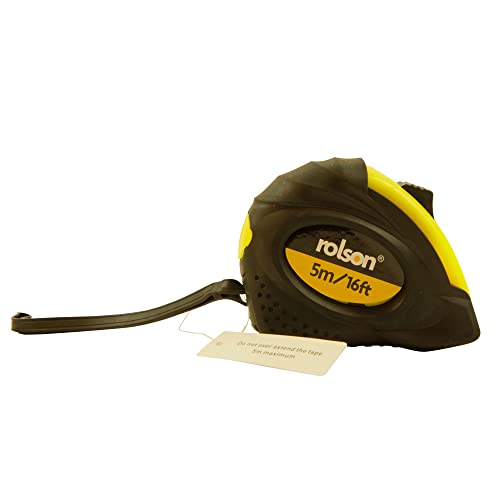Yes, tape measures have a retracting mechanism
Tape measures are tools commonly used in various industries, construction, and even in households for various measuring tasks. These handy tools consist of a long strip of metal or flexible material with measurements marked on it. One key feature of tape measures is their retracting mechanism, which allows the tape to be easily pulled out, measured, and then retracted back into the case.
How does the retracting mechanism work?
The retracting mechanism in tape measures typically consists of a metal spring, a ratchet, and a small gear. When the user pulls out the tape, the pressure on the spring increases, causing the tape to lock into place at the extended position. Once the desired measurement is taken, the user releases the locking mechanism, and the spring retracts the tape back into the case.
Benefits of a retractable tape measure
The retracting mechanism in tape measures offers several benefits to users. Firstly, it allows for easy and convenient storage. With a simple click or push of a button, the tape measure retracts back into its case, preventing tangles, knots, and damage. This feature also helps to extend the lifespan and durability of the tape measure by keeping it protected when not in use.
The retracting mechanism also ensures accuracy in measurements. By securely locking the tape in place at the desired length, users can confidently take measurements without worrying about the tape slipping or moving. This is especially important in situations that require precise measurements, such as construction or carpentry work.
Additionally, the retracting mechanism increases efficiency and saves time. Users can quickly and effortlessly retract the tape, making it ready for the next measurement. This makes the process of measuring multiple items or distances much faster and more convenient.
Common types of retracting mechanisms
There are several different types of retracting mechanisms used in tape measures, depending on the brand and model. The most common types include:
- Coiled Spring Mechanism: This is the traditional and most widely used retracting mechanism. It consists of a metal spring attached to the inside of the tape measure case that retracts the tape when pressure is released.
- Button Release Mechanism: Some tape measures feature a button that allows users to retract the tape by pressing it. This mechanism offers quicker and easier retraction.
- Magnetic Retraction: Certain tape measures have magnets on the end of the tape, which can stick to metal surfaces. This feature aids in easy measuring and retraction by securely attaching the tape to the surface being measured.
- Automatic Locking: Advanced tape measures may include an automatic locking mechanism that locks the tape at the desired length without requiring the user to hold it in place. This feature is particularly useful for one-person measurements.
Taking care of your tape measure
To ensure the longevity and proper functioning of your tape measure’s retracting mechanism, it is essential to take proper care of the tool. Here are a few tips:
- Keep the tape clean and free from debris or dirt that could affect the retracting mechanism.
- Avoid exposing the tape measure to extreme temperatures or moisture, as this can damage the retracting mechanism.
- Regularly inspect the tape measure for any signs of wear or damage and replace it if necessary.
- Store the tape measure in a safe and secure location, away from potential hazards or impacts.
- Follow the manufacturer’s instructions for maintenance and operation of the tape measure.
By following these guidelines, you can ensure that your tape measure’s retracting mechanism remains in good working condition, allowing you to continue accurate measurements for years to come.






